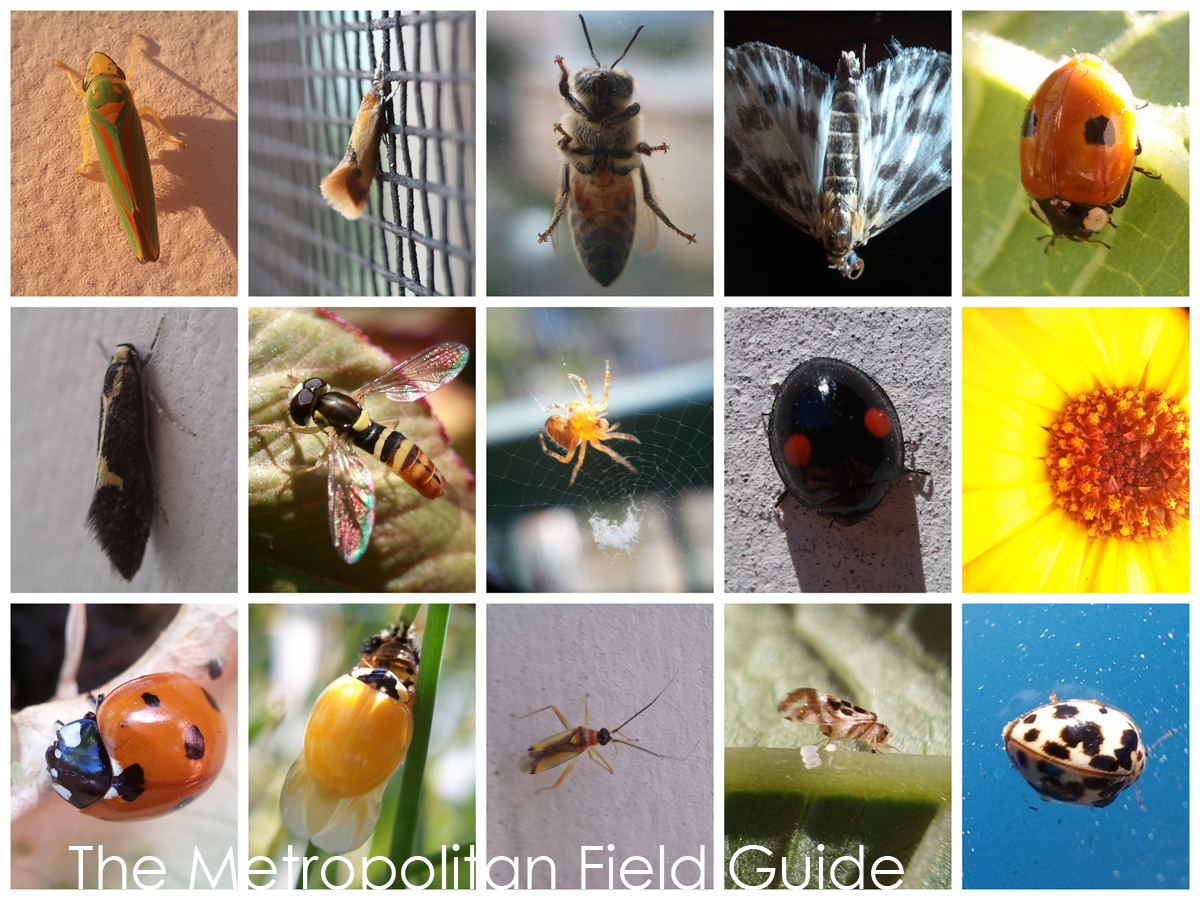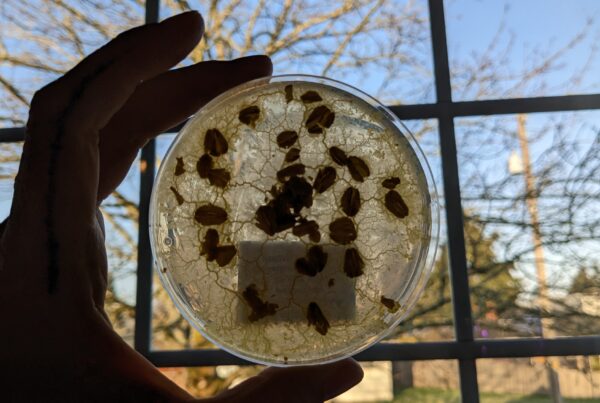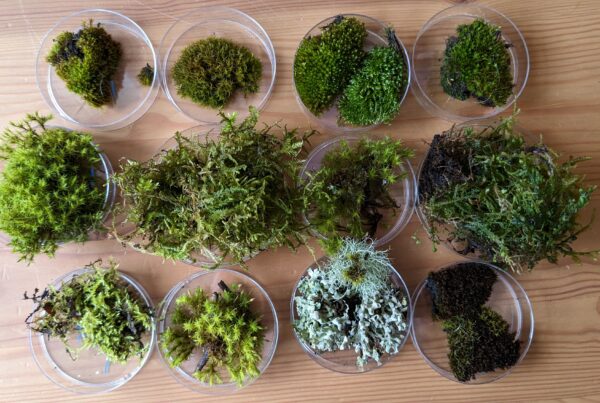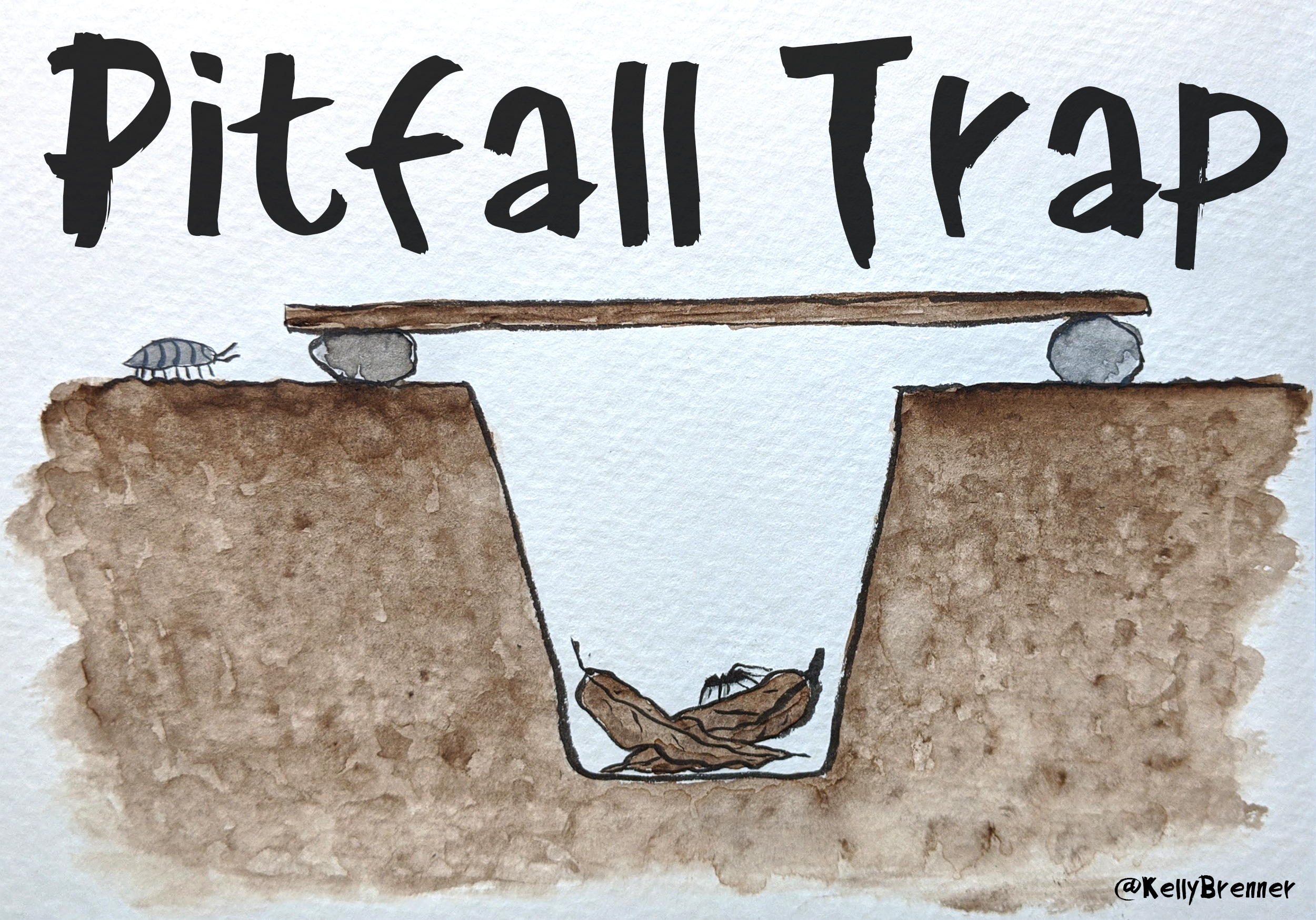This was originally published on Native Plants & Wildlife Gardens.
As a naturalist there are certain pieces of equipment which are necessary; a pair of binoculars, a couple of fields guides, a notebook for example. However, how many of you would have listed a hand lens as one of those necessities? I never even thought of it until I read Crow Planet: Essential Wisdom from the Urban Wilderness and the author talked about always carrying a hand lens as part of her daily repertoire, because it allowed her to examine things that may otherwise be overlooked. A few months ago I got a hand lens and it can’t be overstated how much it’s changed the way I view the natural world.
What is a hand lens? The short answer is that it’s basically a fancy magnifying glass. Also called a loupe, they come in a wide range of sizes, shapes, magnification powers and some even have built in lights. This is the model I got; Bausch & Lomb Hastings Triplet Magnifier, 14x. It’s small, easy to fit in a pocket, and very powerful. It takes a little of getting used to and a steady hand is a must. You simply hold it up to close your eye and hold the item right in front of the lens until it comes into focus. Many people use hand lenses for a variety of uses. Jewelers use them to look at diamonds and other stones, geologists use them to study the detail of rocks and minerals, botanists use them to study the parts of a flower or mosses and entomologists use them to view insects.
The world changes when you can see it in detail. Simply walking around and observing anything from a flower to a beetle to a leaf to an acorn is an amazing experience with a hand lens. Tiny flies on my balcony that never warranted a glance before were found to be extremely colorful and extensively patterned beauties. Lady beetles, hoverflies and micro moths burst to life in front of my hand lens in glorious detail. Watching a spider weave a new web suddenly was extremely captivating because of all of the little details that are utterly missed with the naked eye.
It’s tricky to observe insects though, for the most part, many are not tolerant of a hand lens attached to a giant face stuck right into theirs. I found a way to observe some of these less tolerant insects, without having to capture them, which was to use my phone. I realized that the camera lens on my phone is tiny and easily fits inside the hand lens and that a hand lens held in front of a phone offends the insects a whole lot less than my large head. I started to take photos of some of the insects that were tolerant of this approach to study them on the computer. It’s not quite the same as observing with your eye, it’s not as crisp, detailed or close, but a great substitute. It’s also great fun to observe for awhile and then sneak in a photo or two and they come out surprisingly good sometimes. It’s nowhere near the quality of a proper macro lens, but until I get one of those, this works for me.
There are practical benefits to having a hand lens too. They’re key to studying and learning what is in your backyard habitat. Many insects are very difficult to identify in their various life stages, but with a hand lens much more detail is seen such as eggs, mouth parts, subtle markings, legs, and other identifying marks. If you’re trying to figure out what’s eating a plant, or what has the birds in a feeding frenzy, it’s much easier to discover with a hand lens.






